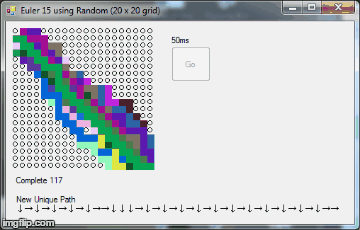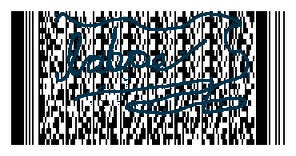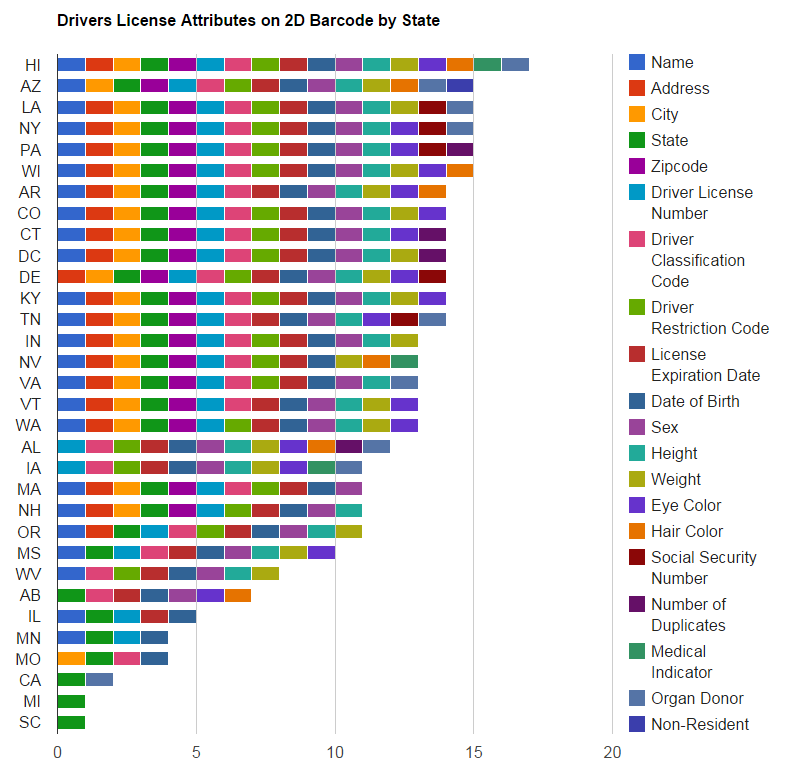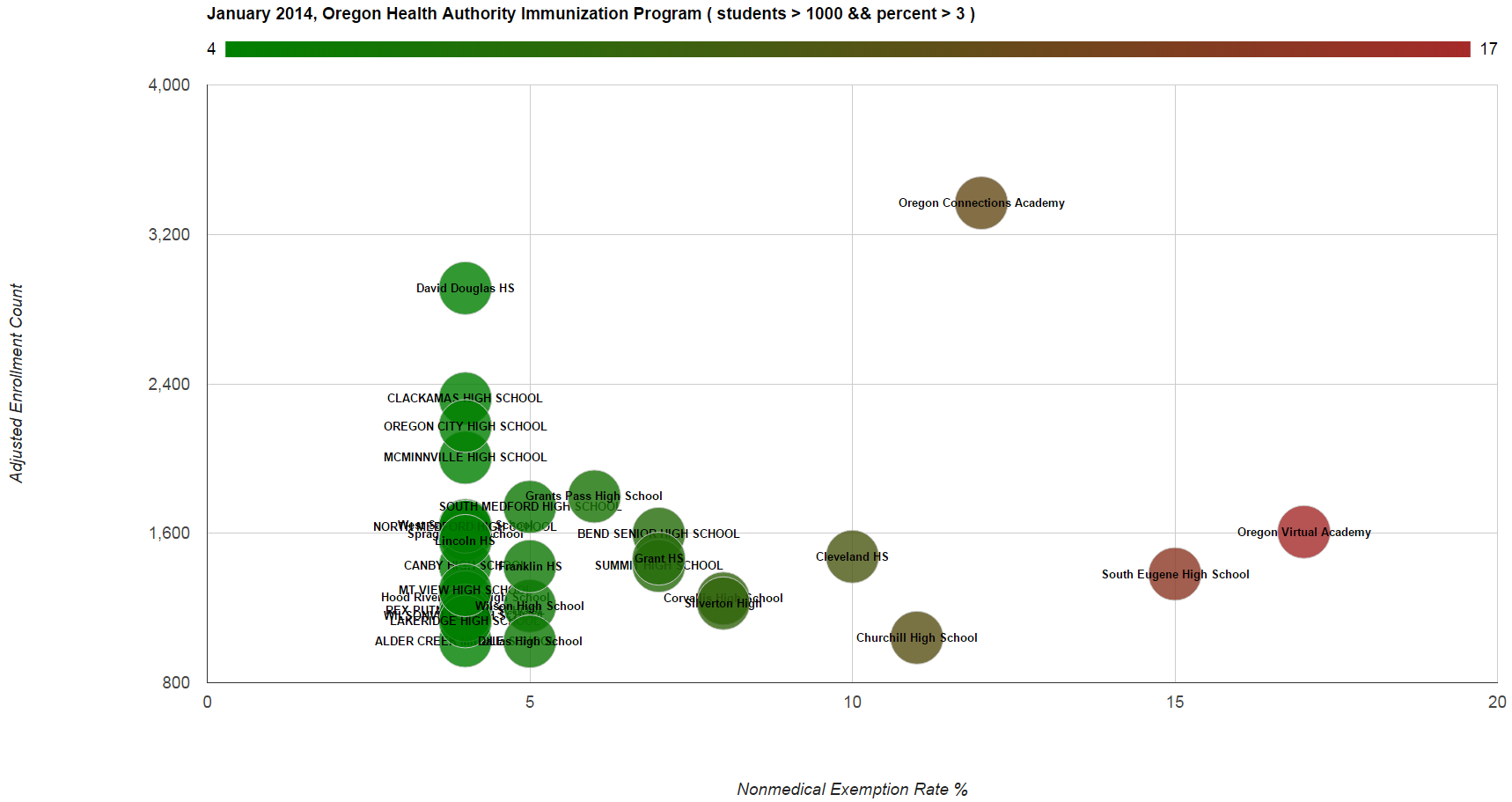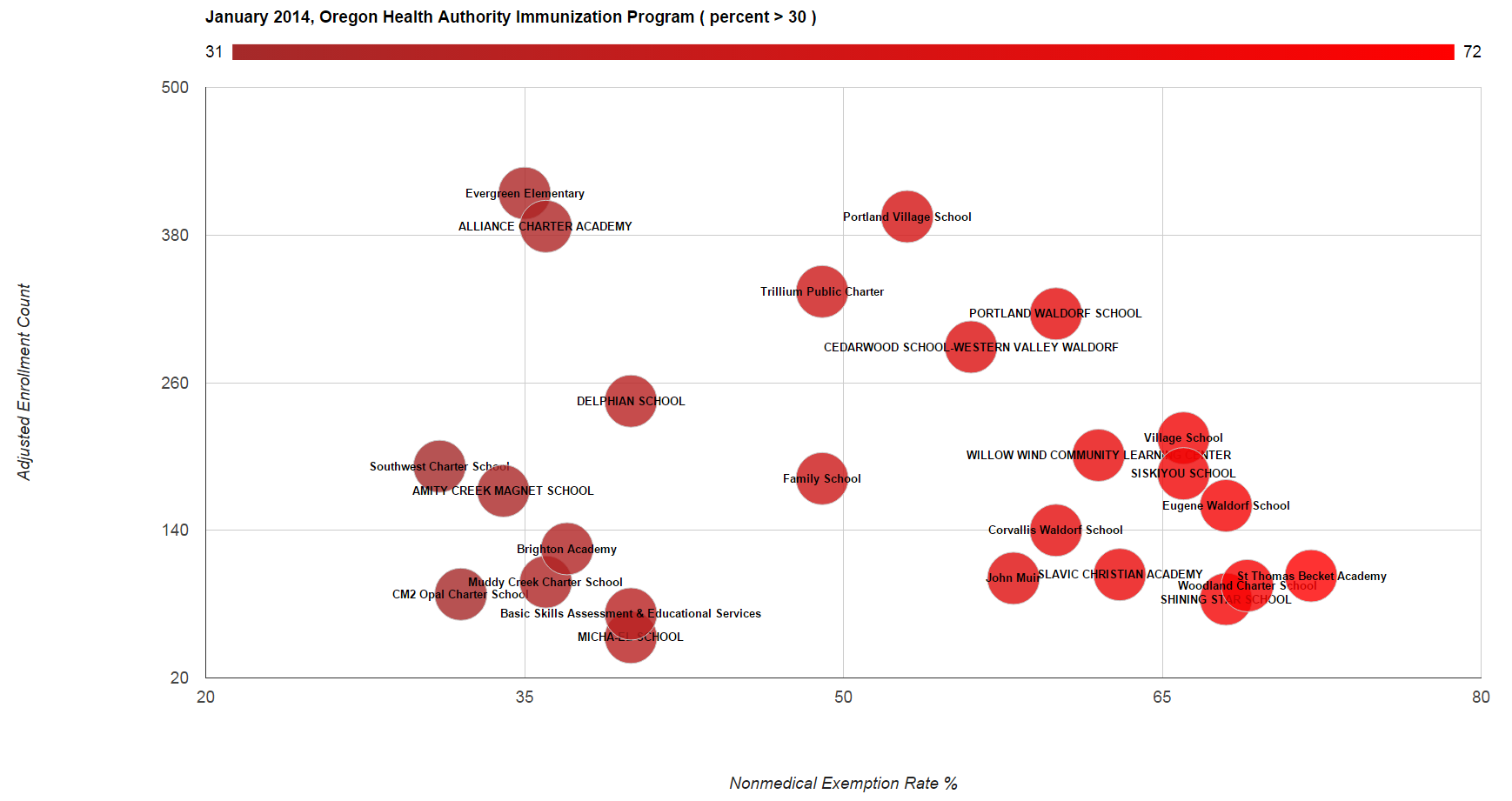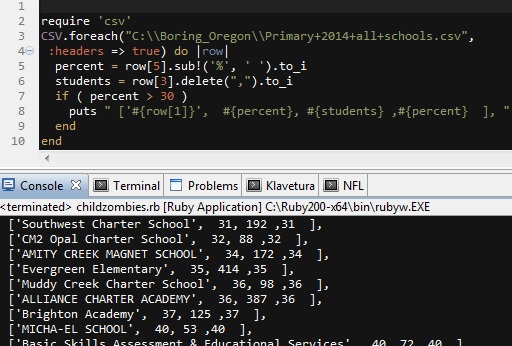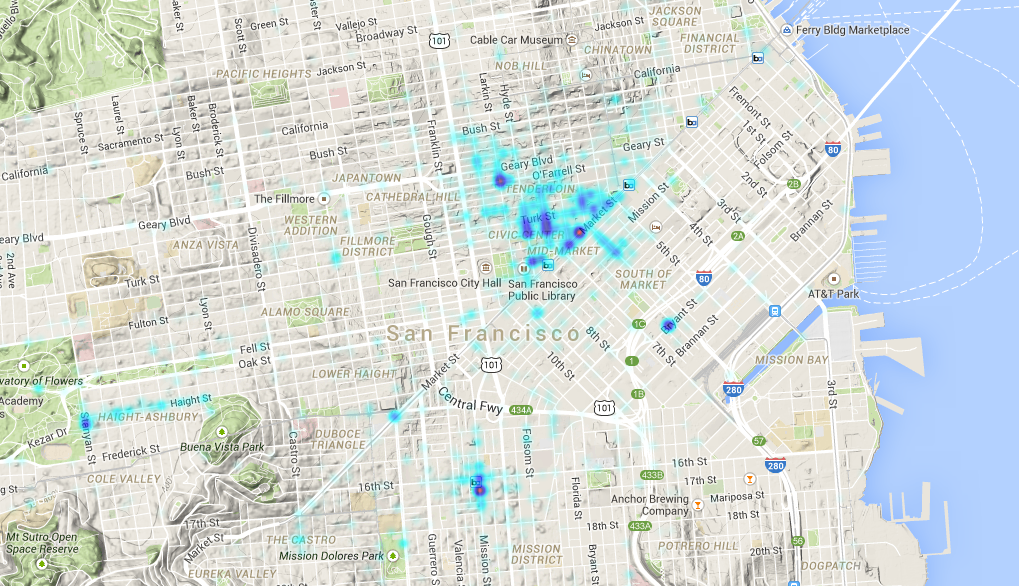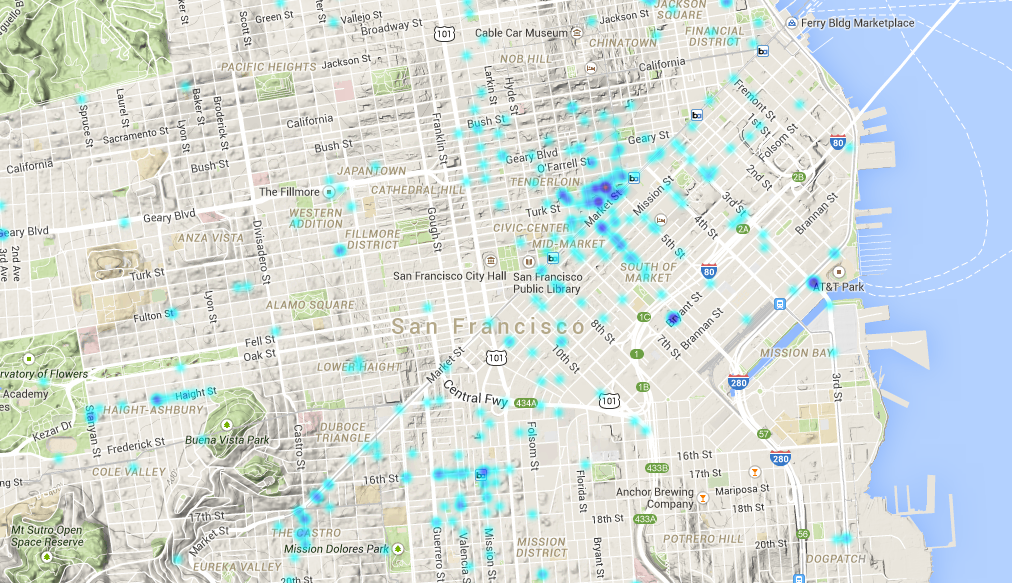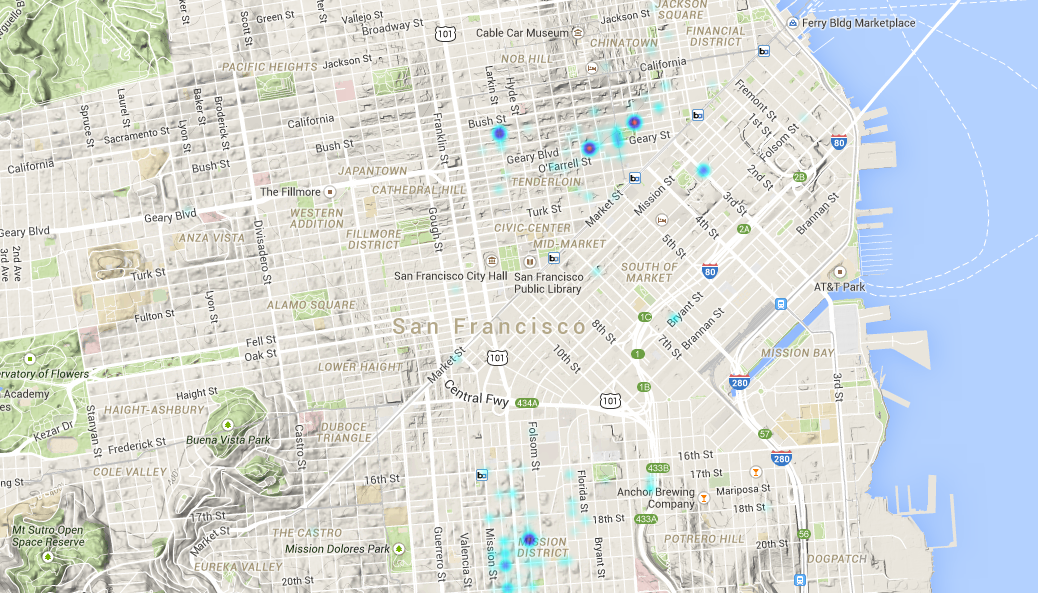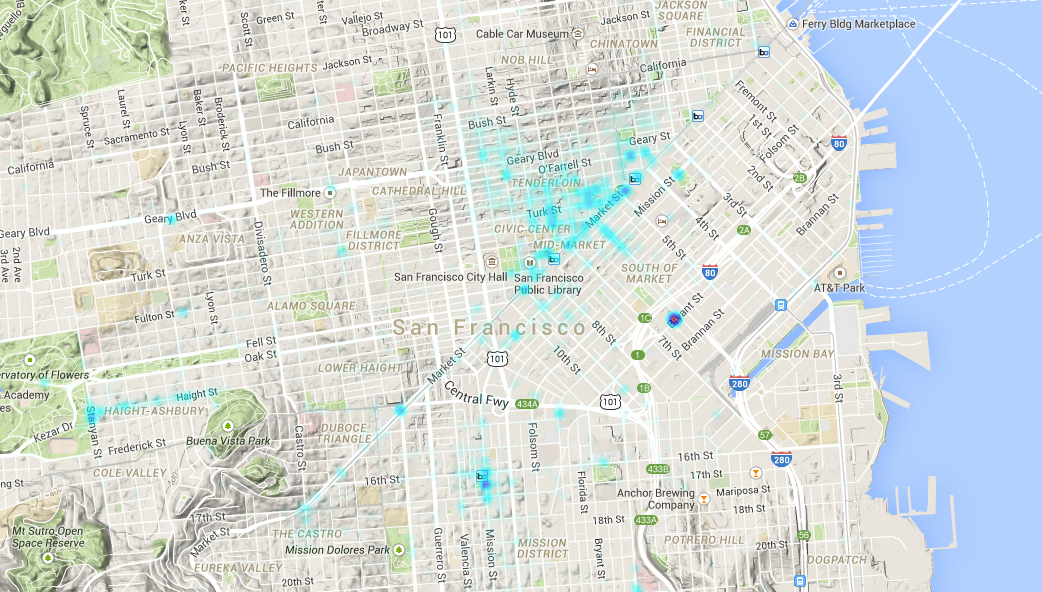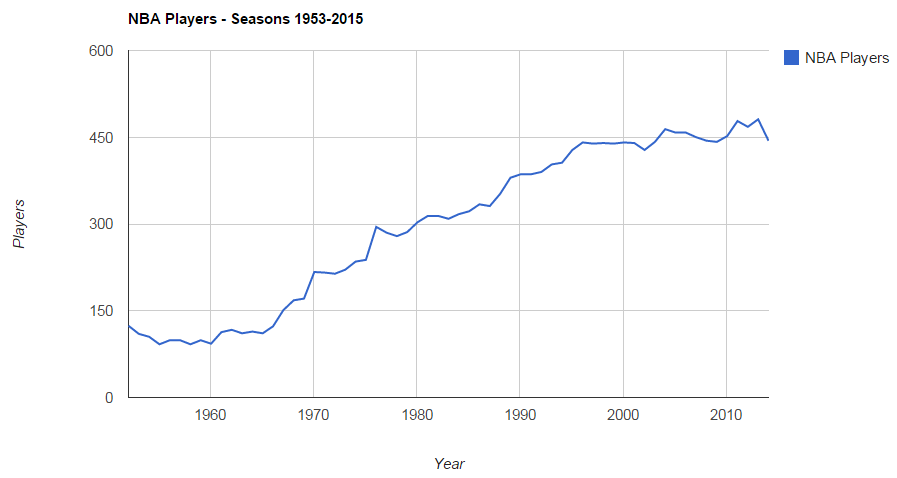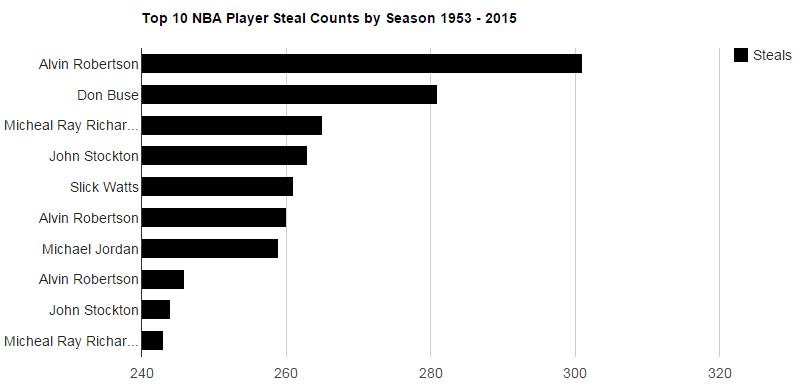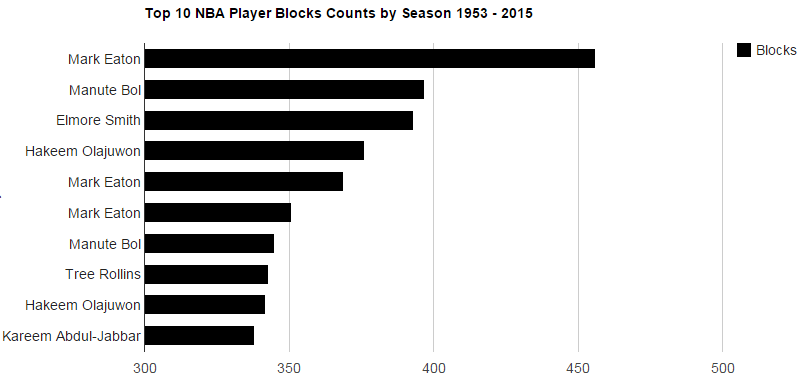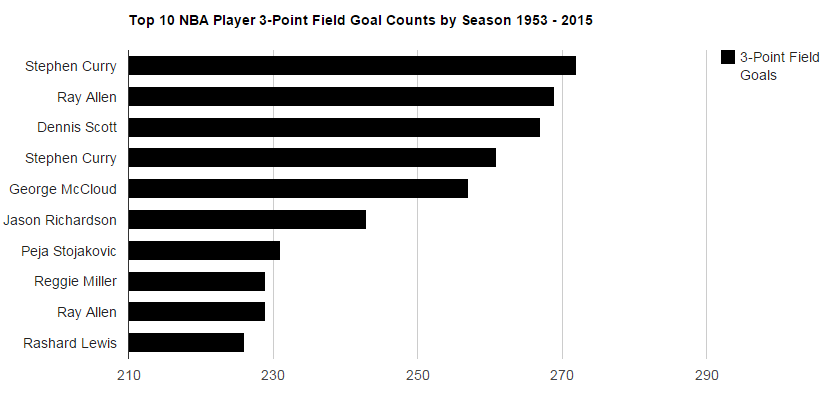
Another visualization of Euler 58. This time, using Processing with Java.
Previous .NET winforms visualization of Euler 58
https://projecteuler.net/problem=58

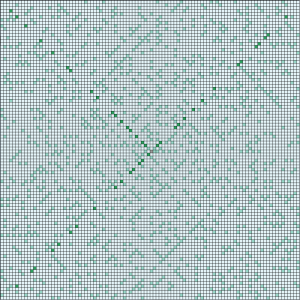
public int i_x = 500;
public int i_y = 500;
public static int Current_Direction = 0;
public int cur_step = 1;
public int skip_at = 7;
public int skip = 3;
public boolean first_turn = false;
public int count = 5;
public int diag_count = 4;
public int prime_count = 2;
void setup()
{
size(1000, 1000);
background(153);
}
void draw(){
cur_step += 1;
if ( isPrime(cur_step))
{
if (cur_step == skip_at)
{
fill(44,162,95);
}
else
{
fill(153,216,201);
}
}
else
{
fill(229,245,249);
}
if (Current_Direction == 0)
{
rect( i_x + 10, i_y, 10, 10);
i_x += 10;
}
else if (Current_Direction == 3)
{
rect( i_x, i_y + 10, 10, 10);
i_y += 10;
}
else if (Current_Direction == 2)
{
rect( i_x - 10, i_y, 10, 10);
i_x -= 10;
}
else if (Current_Direction == 1)
{
rect( i_x, i_y - 10, 10, 10);
i_y -= 10;
}
if (cur_step <= 3)
Turn();
if (cur_step == 5)//2
Turn();
if (skip_at == cur_step)
{
skip_at += skip;
if (first_turn == false)
first_turn = true;
else
{
first_turn = false;
skip += 1;
}
Turn();
}
}
protected void Turn()
{
if (Current_Direction == 3)
Current_Direction = 0;
else
Current_Direction += 1;
}
public boolean isPrime(int n)
{
if (n == 1)
return false;
if (n == 2)
return true;
for (int i = 2; i < n; ++i)
{
if ((n % i) == 0)
return false;
}
return true;
} |
public int i_x = 500;
public int i_y = 500;
public static int Current_Direction = 0;
public int cur_step = 1;
public int skip_at = 7;
public int skip = 3;
public boolean first_turn = false;
public int count = 5;
public int diag_count = 4;
public int prime_count = 2;
void setup()
{
size(1000, 1000);
background(153);
}
void draw(){
cur_step += 1;
if ( isPrime(cur_step))
{
if (cur_step == skip_at)
{
fill(44,162,95);
}
else
{
fill(153,216,201);
}
}
else
{
fill(229,245,249);
}
if (Current_Direction == 0)
{
rect( i_x + 10, i_y, 10, 10);
i_x += 10;
}
else if (Current_Direction == 3)
{
rect( i_x, i_y + 10, 10, 10);
i_y += 10;
}
else if (Current_Direction == 2)
{
rect( i_x - 10, i_y, 10, 10);
i_x -= 10;
}
else if (Current_Direction == 1)
{
rect( i_x, i_y - 10, 10, 10);
i_y -= 10;
}
if (cur_step <= 3)
Turn();
if (cur_step == 5)//2
Turn();
if (skip_at == cur_step)
{
skip_at += skip;
if (first_turn == false)
first_turn = true;
else
{
first_turn = false;
skip += 1;
}
Turn();
}
}
protected void Turn()
{
if (Current_Direction == 3)
Current_Direction = 0;
else
Current_Direction += 1;
}
public boolean isPrime(int n)
{
if (n == 1)
return false;
if (n == 2)
return true;
for (int i = 2; i < n; ++i)
{
if ((n % i) == 0)
return false;
}
return true;
}

A fun little project whilst attempting to learn https://processing.org/
I draw 10 x 10 pixel boxes, 100 per row. If the number is a Prime, I highlight it in orange.

Java
//Number Counter
public int i_num = 0;
//Draw Coordinates
public int i_x = 0;
public int i_y = 0;
void setup()
{
size(1000, 1000);
background(153);
}
void draw(){
if ( isPrime(i_num))
{
fill(204, 102, 0);
rect(i_x*10,i_y + 0,10,10);
}
else
{
fill(255, 255, 255);
rect(i_x*10,i_y + 0,10,10);
}
i_x +=1;
i_num +=1;
//Go to Next Line
if ( i_x == 100 )
{
i_x = 0;
i_y += 10;
}
}
public boolean isPrime(int n)
{
if (n == 1)
return false;
if (n == 2)
return true;
for (int i = 2; i < n; ++i)
{
if ((n % i) == 0)
return false;
}
return true;
} |
//Number Counter
public int i_num = 0;
//Draw Coordinates
public int i_x = 0;
public int i_y = 0;
void setup()
{
size(1000, 1000);
background(153);
}
void draw(){
if ( isPrime(i_num))
{
fill(204, 102, 0);
rect(i_x*10,i_y + 0,10,10);
}
else
{
fill(255, 255, 255);
rect(i_x*10,i_y + 0,10,10);
}
i_x +=1;
i_num +=1;
//Go to Next Line
if ( i_x == 100 )
{
i_x = 0;
i_y += 10;
}
}
public boolean isPrime(int n)
{
if (n == 1)
return false;
if (n == 2)
return true;
for (int i = 2; i < n; ++i)
{
if ((n % i) == 0)
return false;
}
return true;
}







